Psychoanalysis is a therapeutic method and field of research developed by Sigmund Freud. Founded in the early 1890s, initially in co-operation with Josef Breuer's clinical research, he continued to refine and develop theory and practice of psychoanalysis until his death in 1939. It conceptualises the human psyche from three instances: The id is regarded as a set of innate needs; the ego controls the muscles via conscious perception; and the superego preserves the experiences that occur during this. All three instances co-operate in a similar way to the organelles of a cell to satisfy the instinctive needs. Creation and transmission of civilisation serves this biological processes of self-preservation and reproduction.
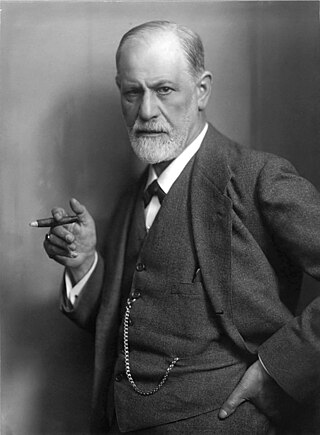
Sigmund Freud was an Austrian neurologist and the founder of psychoanalysis, a clinical method for evaluating and treating pathologies seen as originating from conflicts in the psyche, through dialogue between patient and psychoanalyst, and the distinctive theory of mind and human agency derived from it.

Sándor Ferenczi was a Hungarian psychoanalyst, a key theorist of the psychoanalytic school and a close associate of Sigmund Freud.
Psychoanalytic literary criticism is literary criticism or literary theory that, in method, concept, or form, is influenced by the tradition of psychoanalysis begun by Sigmund Freud.
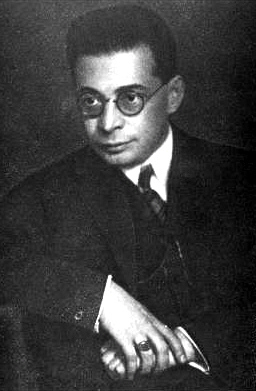
Otto Rank was an Austrian psychoanalyst, writer, and philosopher. Born in Vienna, he was one of Sigmund Freud's closest colleagues for 20 years, a prolific writer on psychoanalytic themes, editor of the two leading analytic journals of the era, including Internationale Zeitschrift für Psychoanalyse, managing director of Freud's publishing house, and a creative theorist and therapist. In 1926, Rank left Vienna for Paris and, for the remainder of his life, led a successful career as a lecturer, writer, and therapist in France and the United States.
Nancy Julia Chodorow is an American sociologist and professor. She began teaching at Wellesley College in 1973, then moved to the University of California, Santa Cruz, where she taught from 1974 until 1986. She was a Sociology and Clinical Psychology professor at the University of California, Berkeley until 1986. Subsequently, she taught psychiatry at Harvard Medical School/Cambridge Health Alliance.

Karl Abraham was an influential German psychoanalyst, and a collaborator of Sigmund Freud, who called him his 'best pupil'.
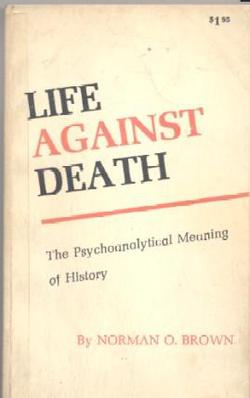
Life Against Death: The Psychoanalytical Meaning of History is a book by the American classicist Norman O. Brown, in which the author offers a radical analysis and critique of the work of Sigmund Freud, tries to provide a theoretical rationale for a nonrepressive civilization, explores parallels between psychoanalysis and Martin Luther's theology, and draws on revolutionary themes in western religious thought, especially the body mysticism of Jakob Böhme and William Blake. It was the result of an interest in psychoanalysis that began when the philosopher Herbert Marcuse suggested to Brown that he should read Freud.
The International Psychoanalytical Association (IPA) is an association including 12,000 psychoanalysts as members and works with 70 constituent organizations. It was founded in 1910 by Sigmund Freud, from an idea proposed by Sándor Ferenczi.
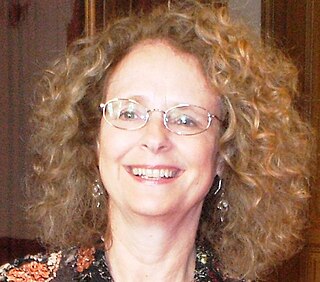
Jessica Benjamin is a psychoanalyst known for her contributions to psychoanalysis and social thought. She is currently a practicing psychoanalyst in New York City where she is on the faculty of the New York University Postdoctoral Psychology Program in Psychoanalysis and Psychotherapy, and the Stephen Mitchell Center for Relational Studies. Jessica Benjamin is one of the original contributors to the fields of relational psychoanalysis, theories of intersubjectivity, and gender studies and feminism as it relates to psychoanalysis and society. She is known for her ideas about recognition in both human development and the sociopolitical arena.
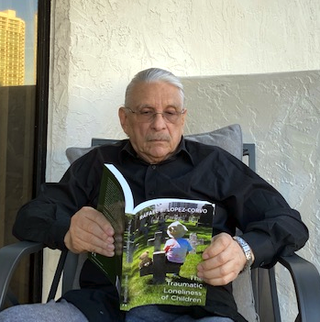
Rafael E. Lopez-Corvo is a Venezuelan-born medical doctor, psychiatrist and psychoanalyst. He is a former associate professor at Ottawa and McGill Universities and Program Director of Child and Adolescents Unite at the Douglas Hospital, McGill University in Montreal, Canada. He was also a member of the editorial board of the International Journal of Psycho-Analysis for Latin-America. Likewise, he is a training and supervising psychoanalyst for the International Psychoanalytic Association as well as the Canadian, Venezuelan and American Psychoanalytic Societies.
The term "intersubjectivity" was introduced to psychoanalysis by George E. Atwood and Robert Stolorow (1984), who consider it a "meta-theory" of psychoanalysis. Intersubjective psychoanalysis suggests that all interactions must be considered contextually; interactions between the patient/analyst or child/parent cannot be seen as separate from each other, but rather must be considered always as mutually influencing each other. This philosophical concept dates back to "German Idealism" and phenomenology.
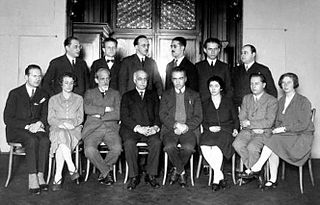
Edmund Bergler was an Austrian-born American psychoanalyst whose books covered such topics as childhood development, mid-life crises, loveless marriages, gambling, self-defeating behaviors, and homosexuality. He has been described as the most important psychoanalytic theorist of homosexuality in the 1950s.
Jacob A. Arlow (1912–2004) was an American teacher, scholar, and clinician who served as president of the American Psychoanalytic Association and the New York Psychoanalytic Institute.
Charles Brenner was an American psychoanalyst who served as president of the New York Psychoanalytic Society, and is perhaps best known for his contributions to drive theory, the structure of the mind, and conflict theory.
Martin S. Bergmann was a clinical professor of psychology of the New York University post-doctoral program where he taught the course on the history of psychoanalysis. He was a major voice in the post-Freudian analysis and authored books on human conditions like the Holocaust, the phenomenology of love and child sacrifice. He was a member of the International Psychoanalytical Association and an honorary member of the American Psychoanalytic Association. In the wake of 9/11 he wrote an article concerning its implications on psychoanalysis called "Psychoanalytical Reflections on September 11, 2001". He was the son of Hugo Bergmann, a Prague-born Israeli philosopher, and father of Michael Bergmann.

Ernst Simmel was a German-American neurologist and psychoanalyst.
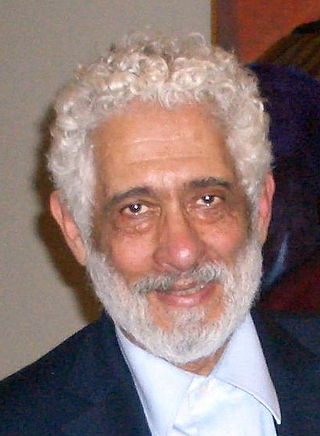
Arnold Richards is a psychoanalyst and former editor of The American Psychoanalyst and Journal of the American Psychoanalytic Association (JAPA). Richards also is the Training and Supervising Analyst at the New York Psychoanalytic Institute. He is the founder and Editor-in-Chief of the International Psychoanalysis.net magazine. Richards is a board member and former chair of YIVO.
Thomas Ogden is an American psychoanalyst and writer, of both psychoanalytic and fiction books, who lives and works in San Francisco, California.
Bruce Fink is an American Lacanian psychoanalyst and a major translator of Jacques Lacan. He is the author of numerous books on Lacan and Lacanian psychoanalysis, prominent among which are Lacan to the Letter: Reading Écrits Closely, The Lacanian Subject: Between Language and Jouissance (1995), Lacan on Love: An Exploration of Lacan's Seminar VIII and A Clinical Introduction to Lacanian Psychoanalysis: Theory and Technique.










